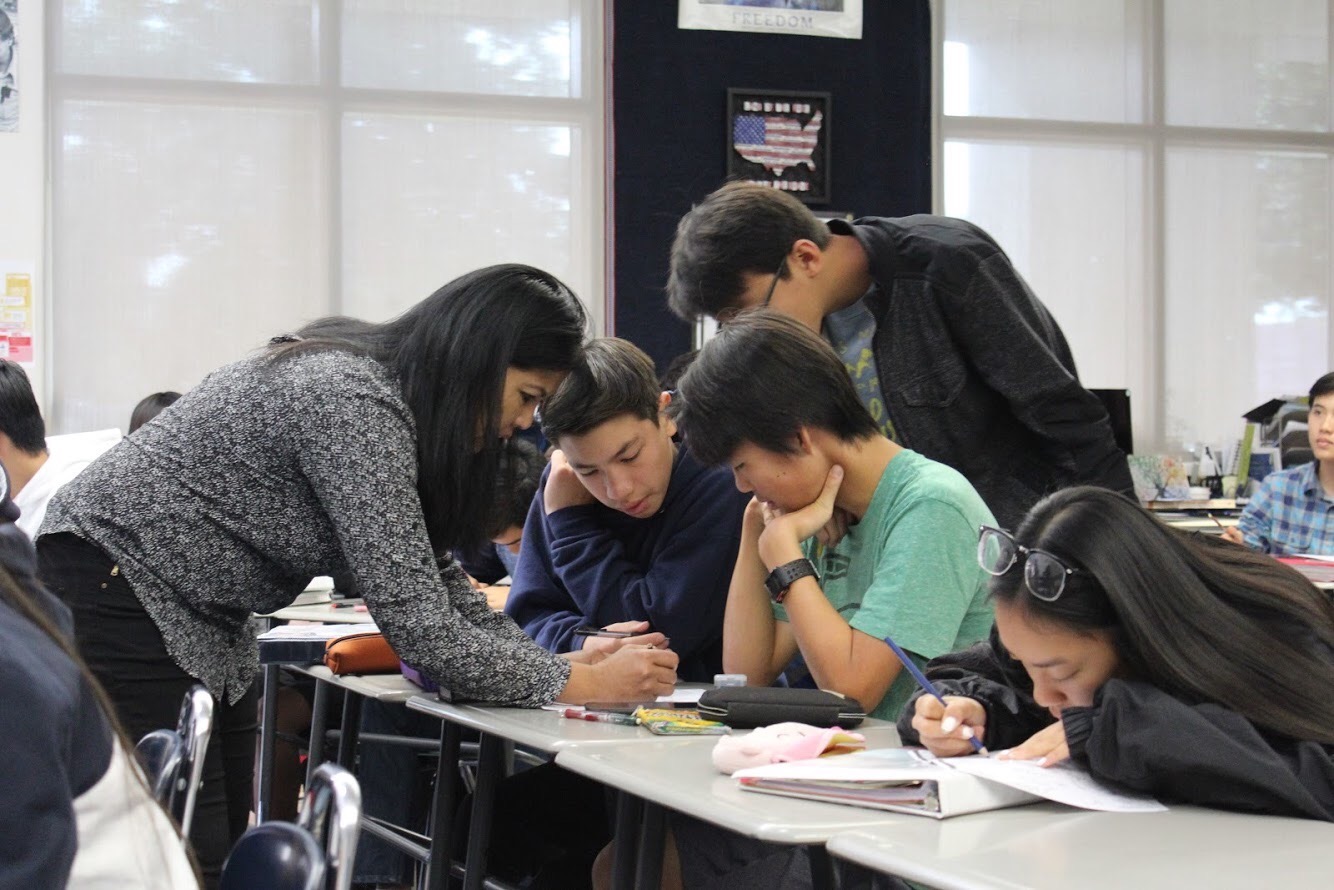
By Kaitlyn Ngo and Karen Phan, Staff Writers
Students get report cards from teachers every semester to assess their progress and behavior. Report cards and grades reflect performance and development of students and give insight to their progress. For the same reason, students should be able to offer insight by “grading” their teachers to give valuable feedback that could benefit everyone.
The most reliable feedback teachers can get is from their students. On several occasions observers or administrators will come in and evaluate a teacher during a brief period of time. If the teacher seems to be doing a good job in the eyes of the adult observer, he or she will get a good assessment. This type of evaluation, as well as test scores and grade averages, disregard and dismiss the input of the students. It’s important to take the comfort and satisfaction of the students into account.
Student evaluation of teachers can accurately reveal how poorly or well their teacher may be performing. Since students spend the entirety of their school days with their teachers, they are able to access with more accuracy. Given a period of four to five weeks in class, students have more than enough time and experience with their teachers to get a feel of their overall performance.
When evaluations are given through the eyes of a student, teachers can understand what they should improve to ensure the success of their students. Teachers may also get positive feedback, so they know what they are already doing well. Usually teachers never get feedback from anyone, and rely on their class’ test scores, averages or overall attitudes to conclude whether or not they are doing a good job. If students have the opportunity to give feedback, teachers can use the constructive criticism to their own benefits.
Teacher performance isn’t the only area that students should address. A report card displays a student’s academic performance in addition to comments regarding behavior, effort and so forth. Similarly, students should also be able to assess their teachers’ behavior, effort and classroom environment. With evaluation covering all aspects of teachers, students are able to give more thorough and accurate evaluations.
School administrators and teachers may be reluctant to try a student grading program. This could be for various reasons, one being students may be too immature and inexperienced to be able to fairly assess an adult. However, we need to test the waters before we shun out an idea. Healthy student-teacher connections should have trust, so there should be nothing to be afraid of. A possible solution is to create a rubric or checklist for students to follow. As long as the rubric addresses all relevant areas, for example attitude and skill, students should be able to give appropriate feedback.
Students are the beneficiaries of teachers—their success is based upon the performance and passion of their teachers. Teachers are responsible for fostering the learning of their students in a way that can be understood and valued. With evaluations, students’ input and opinions can be accounted for and used by teachers to improve their teaching methods. The better the teachers are, the better the students are. Students are the reflection of their teachers’ abilities and passions, and should in turn be given the right to evaluate and foster their teachers’ performances.





